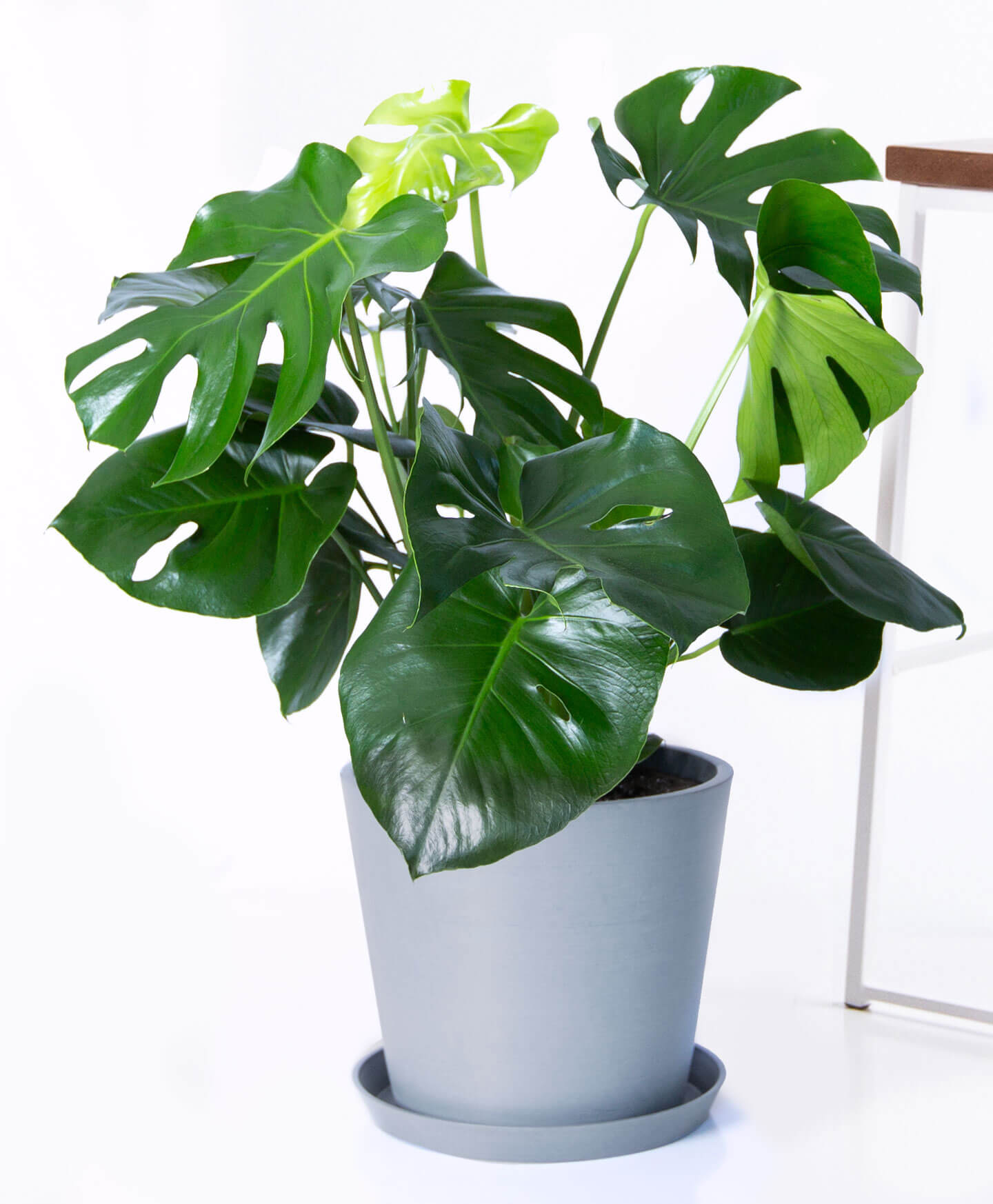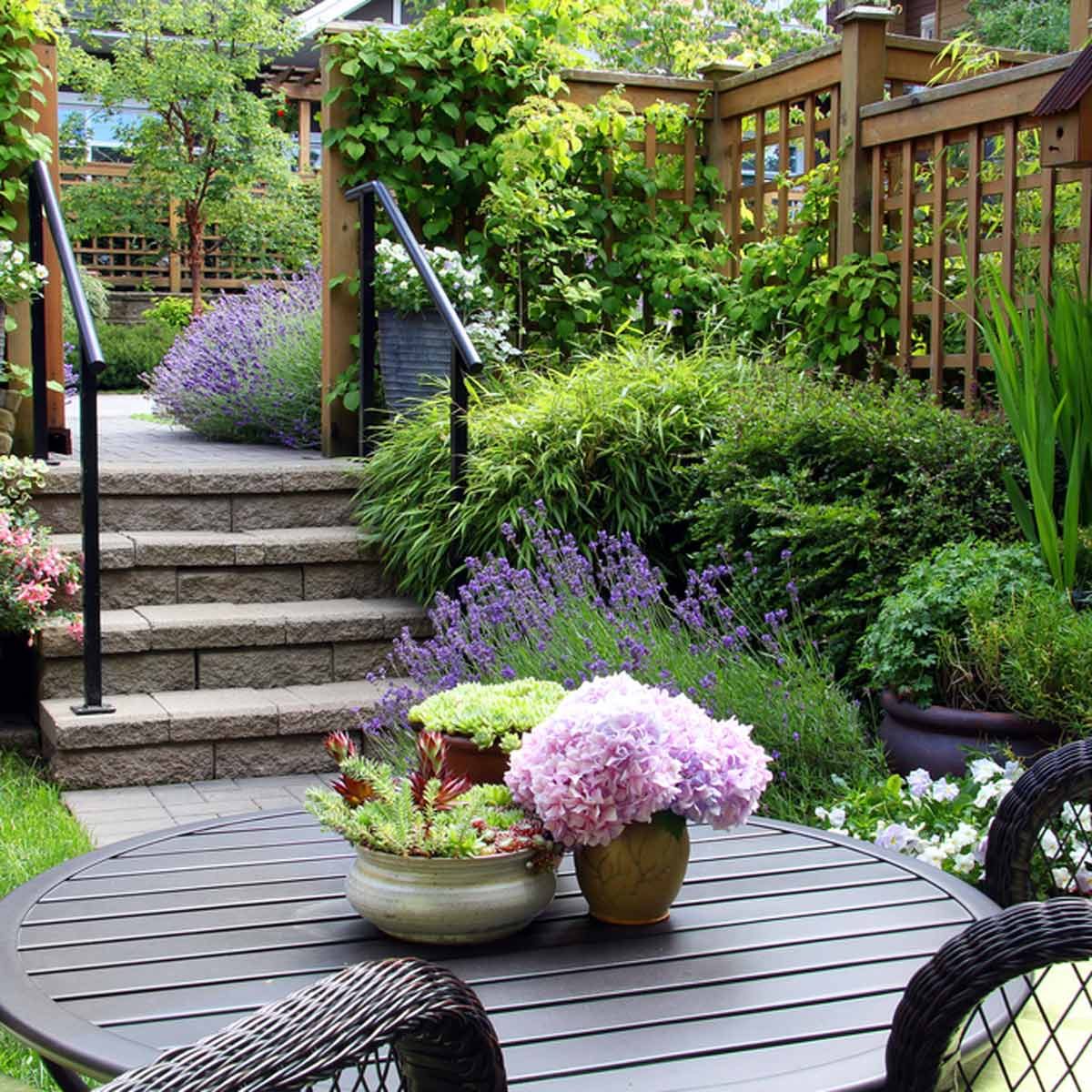Growing Vegetables Indoors with Limited Space: A Guide to Compact Gardening

Have you ever dreamed of harvesting fresh, crisp vegetables from your own garden, but thought it was impossible due to limited space? Think again! Growing vegetables indoors with limited space is not only feasible but also incredibly rewarding. Imagine transforming your small apartment into a lush, urban oasis filled with thriving plants. Let's dive into the world of compact gardening and explore how you can cultivate your own indoor vegetable garden efficiently and effectively.
Why Grow Vegetables Indoors?
Growing vegetables indoors offers a myriad of benefits. Firstly, it allows you to have fresh, organic produce at your fingertips, reducing your carbon footprint and saving you money. Secondly, indoor planting can improve air quality and create a serene, green environment in your home. Lastly, it's a fun and fulfilling hobby that can bring a sense of accomplishment and connection to nature.
Choosing the Right Vegetables for Indoor Gardening
Not all vegetables are suited for indoor cultivation. When selecting plants for your urban garden, consider those that are compact and require minimal light and space. Some excellent choices include:
- Lettuce and Spinach: These leafy greens grow quickly and require little space.
- Herbs: Basil, parsley, and mint are easy to grow and add a burst of flavor to your meals.
- Radishes: These root vegetables grow rapidly and don't need much room.
- Microgreens: Nutrient-dense and quick to harvest, microgreens are perfect for small spaces.
Setting Up Your Indoor Garden
Selecting Containers
Choosing the right containers is crucial for successful indoor planting. Opt for pots with good drainage to prevent root rot. You can use anything from traditional terracotta pots to recycled containers. Just ensure they have holes at the bottom to allow excess water to escape.
Lighting
Light is the lifeblood of plants. If your apartment doesn't get enough natural light, consider investing in grow lights. LED grow lights are energy-efficient and provide the full spectrum of light that plants need to thrive.
Soil and Water
Use high-quality potting soil that is well-draining and rich in nutrients. Water your plants consistently, but be careful not to overwater. A good rule of thumb is to water when the top inch of soil feels dry.
Efficient Cultivation Techniques
Vertical Gardening
Vertical gardening is a fantastic way to maximize space. You can use wall-mounted planters, hanging baskets, or even a DIY vertical garden system to grow your vegetables. This technique not only saves space but also adds a unique aesthetic to your home.
Hydroponics
Hydroponics is a soil-less growing method that uses water and nutrient solutions. It's an efficient way to grow vegetables indoors, as it requires less space and water than traditional gardening. Plus, hydroponic systems can be automated, making them low-maintenance.
Maintaining Your Indoor Garden
Pest Control
Indoor gardens are less prone to pests, but they're not immune. Regularly inspect your plants for signs of pests like aphids or spider mites. Use organic pesticides or homemade remedies like soap and water to control infestations.
Fertilization
Indoor plants rely on you for their nutrients. Use a balanced, water-soluble fertilizer every few weeks to keep your plants healthy and productive.
Harvesting
Harvesting your vegetables is the most rewarding part of indoor gardening. Most vegetables can be harvested multiple times, so don't pick them all at once. For leafy greens, harvest the outer leaves first to encourage new growth.
Getting Started with Indoor Planting
Ready to start your indoor gardening journey? Here are some steps to get you started:
- Plan Your Garden: Decide which vegetables you want to grow and where you'll place them.
- Gather Supplies: Purchase seeds, containers, soil, and any necessary equipment like grow lights.
- Plant Your Seeds: Follow the instructions on the seed packets for planting depth and spacing.
- Care for Your Plants: Provide consistent light, water, and nutrients.
- Harvest and Enjoy: Once your vegetables are ready, harvest them and enjoy the fruits of your labor.

Success Stories and Inspiration
Need some inspiration? Check out this article from Apartment Therapy for creative small-space gardening ideas. Or, explore this guide from Gardening Know How for more tips on urban vegetable gardening.
Conclusion
Growing vegetables indoors with limited space is not only possible but also incredibly rewarding. With the right techniques and a bit of creativity, you can transform your small apartment into a thriving urban garden. So, what are you waiting for? Start your indoor gardening journey today and enjoy the fresh, delicious produce that awaits you.
FAQs
What are the best vegetables to grow indoors?
- Leafy greens like lettuce and spinach, herbs, radishes, and microgreens are excellent choices for indoor gardening.
How much light do indoor vegetables need?
- Most vegetables need at least 6-8 hours of light per day. If natural light is insufficient, use grow lights to supplement.
Can I grow vegetables in my bathroom?
- Yes, you can! Bathrooms often have good humidity levels, which can be beneficial for certain plants. Just ensure there's enough light.
How often should I water my indoor plants?
- Water your plants when the top inch of soil feels dry. The frequency will depend on the plant type and environmental conditions.
What should I do if my plants aren't growing well?
- Check for adequate light, water, and nutrients. Also, inspect for pests or diseases. Adjusting these factors can often improve plant health.

Happy gardening!
0 Response to "Growing Vegetables Indoors with Limited Space: A Guide to Compact Gardening"
Post a Comment